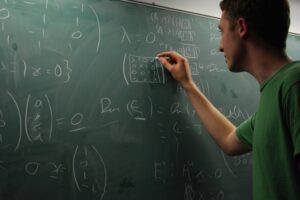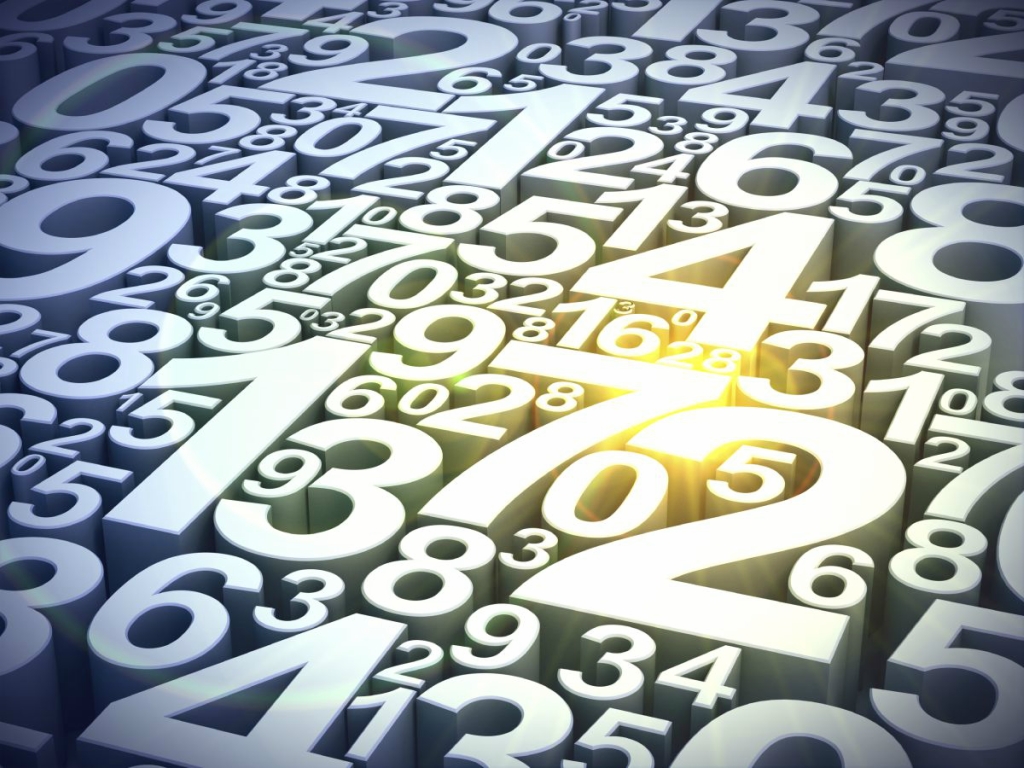Absolutely everyone knows that mathematics and economics are two independent fields of knowledge, having their own tasks, subjects and objects, methods and ways of study. Mathematics is an exact science which studies quantitative relations and spatial forms of the real world. Economics is a science that examines the processes in the spheres of production, distribution, exchange and consumption, as well as studying the relations between the subjects of these spheres. It confirms 1st grade go math.
It was originally thought that only truly enlightened, selected people could do mathematics, but in the aftermath, as we all know, this turned out not to be true. Nowadays anyone can do mathematics, from a child learning the basics in kindergarten and school to renowned scientists and inventors, which gives rise to the constant development of mathematics as a science. Economics, on the other hand, as a science, initially did not arouse any interest on the part of mathematics; there were only rare instances of overlap between these sciences. There is now a strong tendency for mathematics and economics to interact.
But here arises a very important and, most importantly, an interesting question: where did this point of contact come from, seemingly at first glance, completely different sciences that have no unification? And the point of convergence is that both mathematics and economics study abstract objects with the highest degree of complexity in their structure. Thus, economics serves as a favorable environment for the even greater development of mathematics. But it is also well known that it is precisely those sciences in which mathematics has been extensively used and applied that are now making the greatest advances. That is, we can say that economics and mathematics serve as a good example of symbiosis. More: go math second grade.
Why is it that the use of mathematics in science achieves great results? Because it seems that mathematical concepts are something very distant and unrelated to the processes taking place in our society. But this is what makes mathematics truly amazing and unique:
It is an absolutely precise science, allowing no inaccuracies or discrepancies in formulas and knowledge;
The rigorous derivation of formulas, building on a series of axioms;
The admissibility of the use of concepts without revealing their meaning, since the conclusions are in no way directly related to the subjects themselves and their characteristics.
These features make mathematics a universal science for all fields of knowledge. It is no coincidence that Karl Marx noted that science is considered perfect only when it succeeds in applying the mathematical apparatus in its field.
Mathematics began to be actively used in economics only in the 18th century, when François Coin created and published economic tables. This was the first attempt at a quantitative description of the reproductive process. The next scientists to propose a macroeconomic model of reproduction were Adam Smith and David Ricardo. Then the famous economist Karl Marx found wide application of the mathematical apparatus in his works.
In economics in the 19th century, the first mathematical school, which tried to apply mathematical methods in the study of the creation and organization of the market. In the 20th century, the question of the necessity and admissibility of application of methods and methods of mathematics in economics was raised.
Management of economy, the decision of its new problems becomes more and more difficult, therefore it is simply necessary to develop a tandem of two sciences for more effective existence of economy. A set of processes that study the socio-economic life of society through the mathematical apparatus was called economic-mathematical methods.
The main way to solve economic problems is mathematical modeling. It is an effective method of studying and analyzing socio-economic processes occurring in our society. Its main tasks are: forecasting the future development of economic processes, the study of real economic objects and proposals for the creation of new management solutions.
In the tasks of economic and mathematical modeling are used quite a variety of mathematical operations, such as:
Differential calculus, used in the analysis of economic models, to determine optimal indicators, to establish relationships between economic indicators;
Integration is used to calculate the totals, perfect processes: determining the amount of costs, material costs, profits, and so on;
Solving equations, which allows us to express some economic indicators through others;
Calculation of limits shows the value that a certain indicator can get with unlimited growth of a given factor;
The study of functions allows you to determine the relationship between economic indicators and describe this process;
There are also other mathematical operations used in economic and mathematical modeling.
Thus, it would seem, for completely different sciences – mathematics and economics are characterized by such a strong relationship. The use of the unique mathematical apparatus in economics allows it to solve new problems and issues more effectively. In turn, economics poses new problems to mathematics and motivates it to find the best ways to solve them.
Modern socio-economic processes are so characteristic and already used to branching links that it is impossible to imagine their effective management without the intervention of the mathematical apparatus.
This leads us to the conclusion that mathematics and economics are two closely related sciences with a great influence on one another. It is nowadays impossible to imagine the existence of economics without the application of mathematics in it. However, for them to function more successfully and efficiently, a great deal of fundamental knowledge is required, which is still lacking.




